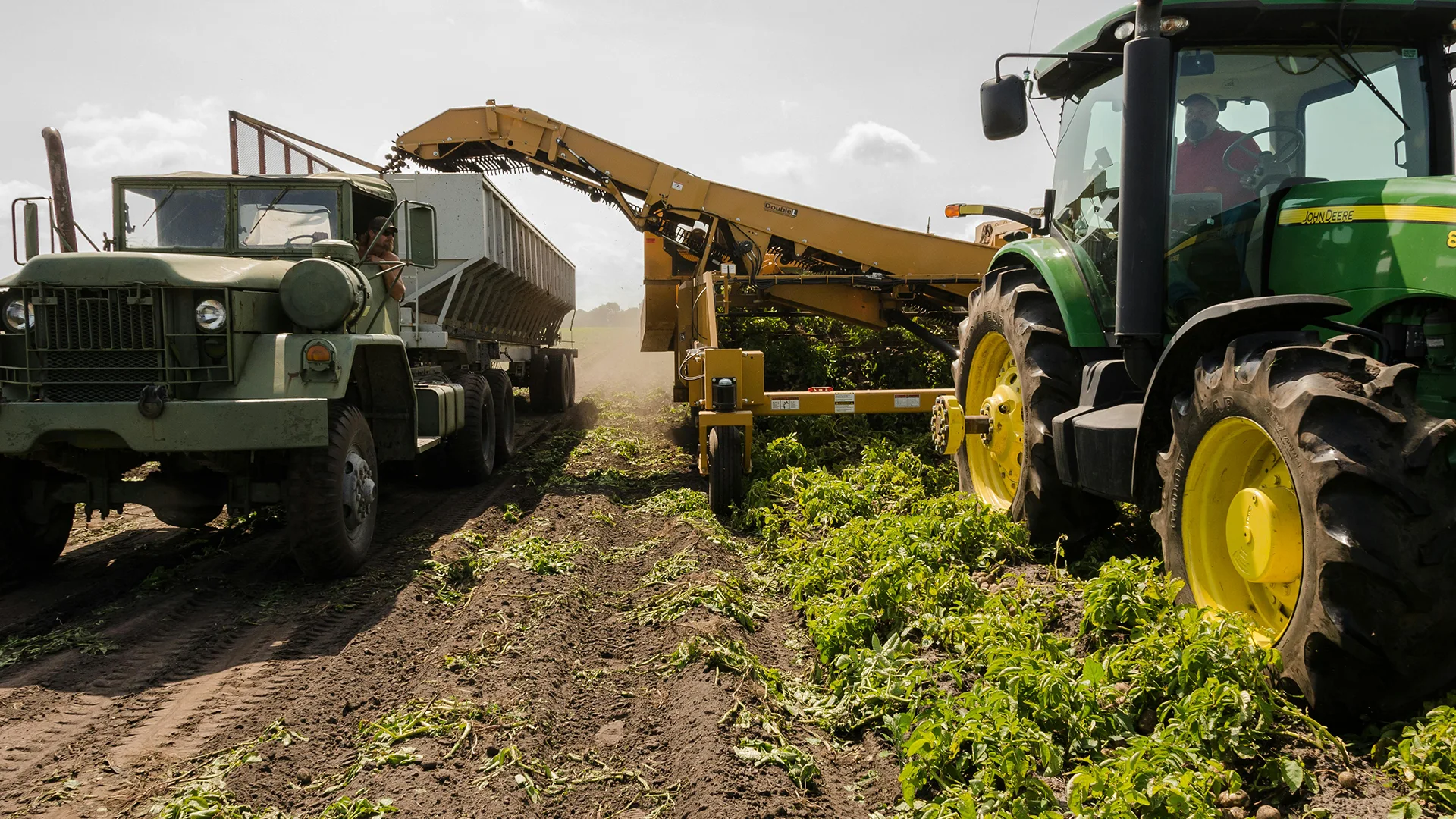
Newsletter Subscribe
Enter your email address below and subscribe to our newsletter

Enter your email address below and subscribe to our newsletter

Explore essential factors for successful large-scale agriculture, from infrastructure and environmental considerations to modern technology integration.
| Getting your Trinity Audio player ready... |
Agriculture has always been at the core of human progress, but today’s projects are more complex and capital-intensive than ever before. With global populations growing and sustainability becoming a central concern, large-scale agricultural initiatives demand careful planning and execution.
Success requires balancing economic goals with environmental stewardship while integrating modern technologies and proven practices. Whether you’re planning to expand an existing farm or start a new venture, understanding the key considerations is important for building a project that thrives in the long term.
The foundation of any agricultural project lies in its infrastructure and design. Before breaking ground, it’s vital to map out the systems that will support production, storage, and distribution. For example, a well-planned commercial greenhouse project requires more than just construction; it demands careful integration of climate control systems, water management solutions, and sustainable energy sources. Without this attention to detail, even the most fertile land can fail to deliver results.
Infrastructure includes transportation access, utility connections, and storage facilities. Smooth logistics reduce bottlenecks, ensure the timely delivery of products, and protect profits from unnecessary losses. A thoughtful design phase can prevent costly retrofits later, making early investments in planning some of the most valuable decisions in the process.
No agricultural project can succeed without a deep understanding of its natural environment. Soil quality determines what crops can be grown and how much fertilizer or soil amendment will be necessary. Conducting thorough soil testing early on helps investors anticipate costs and choose crops that suit the land.
Water is another critical factor. Securing reliable water sources, whether through irrigation systems, reservoirs, or rainwater harvesting, ensures that crops remain resilient during dry periods. Environmental considerations such as biodiversity protection, erosion control, and sustainable land use play an increasingly important role. Many investors now prioritize projects that align with environmental standards to appeal to eco-conscious markets and comply with regulatory requirements.
Large-scale agricultural projects are capital-intensive, and poor financial planning can derail even the most promising ideas. Budgets must account for land acquisition, infrastructure development, labor, technology, and operational expenses. Contingency funds are critical to cover unexpected costs such as equipment failures, pest outbreaks, or extreme weather events.
Financing options vary, from traditional bank loans to partnerships with private investors or agricultural cooperatives. Exploring government grants and subsidies for sustainable agriculture can further reduce costs. A robust financial plan reassures stakeholders and creates a roadmap for achieving profitability.
Technology has become one of the most powerful drivers of agricultural efficiency. Precision farming tools, drones, and automated irrigation systems help monitor crops and optimize inputs such as water and fertilizer. Greenhouses equipped with sensors and artificial intelligence can maintain ideal growing conditions year-round, maximizing yields while minimizing waste.
Investing in the right technology early on ensures scalability and long-term competitiveness. It provides valuable data that can guide decision-making and improve resilience against challenges like climate variability. Projects that ignore technology risk fall behind, while those that embrace it gain an edge in efficiency and sustainability.
Agricultural projects must comply with a wide range of regulations, from land use policies to environmental protection laws. Depending on the region, permits may be required for water use, pesticide application, and waste management. Food safety standards dictate how crops are handled, stored, and transported before reaching consumers.
Failing to comply with these regulations can lead to fines, project delays, or reputational damage. Engaging with legal and regulatory experts during the planning stage ensures that compliance is built into the project design rather than treated as an afterthought.
Labor remains a cornerstone of agriculture, even as technology reduces the need for manual work. Large-scale projects require skilled workers to manage machinery, monitor crops, and maintain infrastructure. Recruiting and retaining this workforce demands investment in training, fair wages, and safe working conditions.
Community engagement is equally important. Projects that support local communities through employment opportunities, partnerships, or educational initiatives are more likely to gain trust and long-term acceptance. Social responsibility has become a key marker of success as consumers increasingly favor businesses that prioritize people and sustainability alongside profits.

Planning a large-scale agricultural project involves much more than planting seeds and waiting for results. It requires a comprehensive approach that balances infrastructure design, environmental stewardship, financial discipline, and community engagement. From building the right systems for a greenhouse project to incorporating modern technologies and managing risks, every decision shapes the project’s future success.
By addressing these factors early and thoroughly, agricultural entrepreneurs and investors can create ventures that are profitable, sustainable, and resilient. With thoughtful planning, large-scale agriculture can meet today’s demands while building a foundation for future generations.